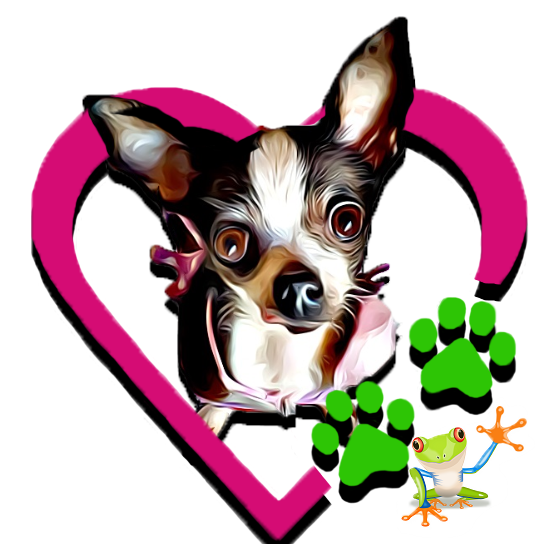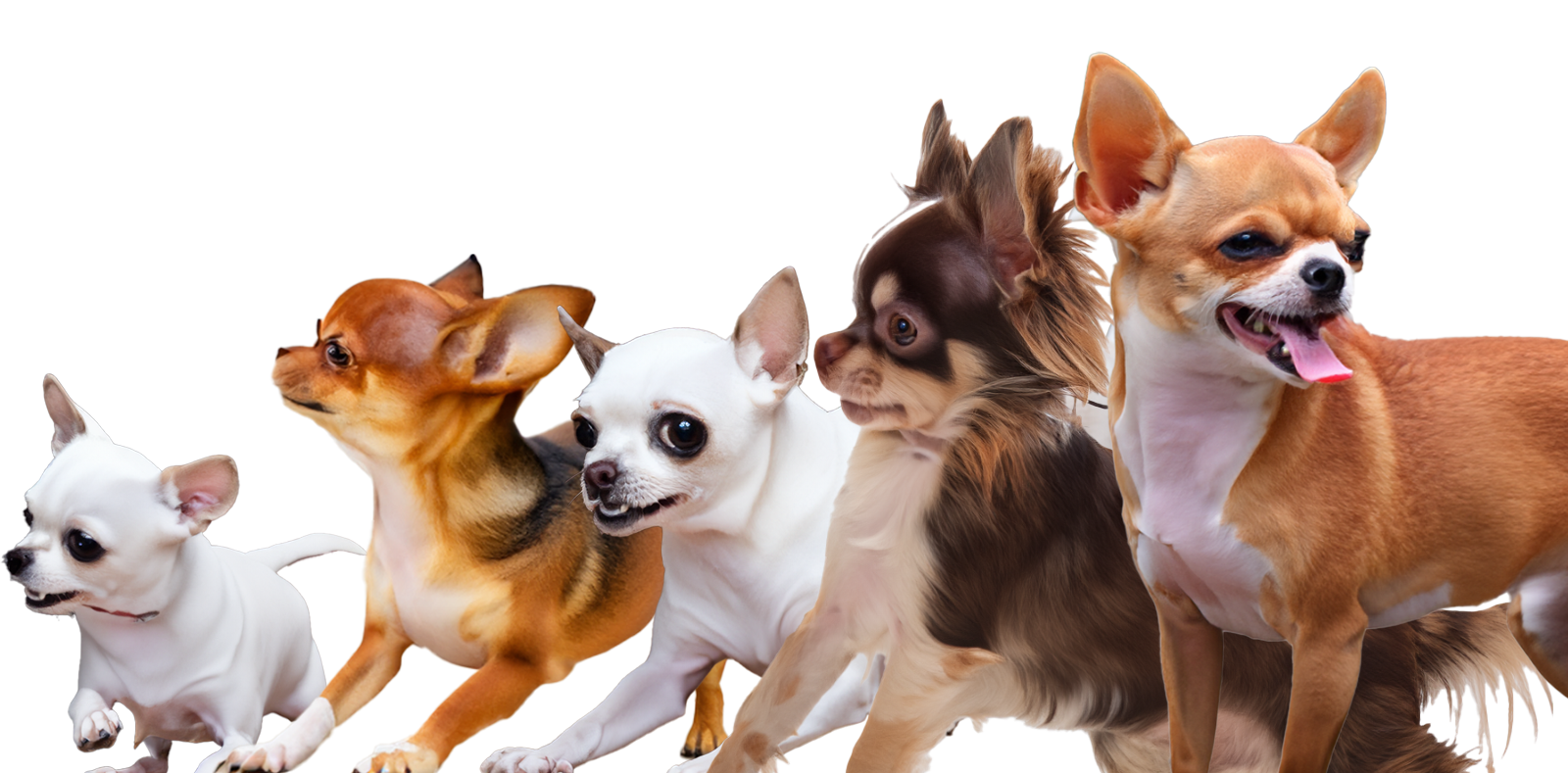


Animal Care
Common Boa Constrictor Care: Feeding, Housing, and Handling
Housing
Many caging options are available for boa constrictors. Reptile terrariums can be used, but reptile-specific plastic or custom wood enclosures made from high-quality materials that maintain proper humidity are much more suitable for boas than anything else. Young boa constrictors have simple needs; a large, beautifully decorated cage is not the best choice for them. While a new boa is acclimating, simple housing is preferred, and the enclosure should be prepared prior to your new boa’s arrival home. An appropriate first cage for a baby boa would be no larger than 30 inches long by 12 inches wide, in which it will feel very secure. Boa constrictors are terrestrial and floor space is more important than height. Young boas may climb, but do so much less as they grow. Adult medium sized boas should be housed in cages no smaller than 4 feet long by 2 feet wide (with larger-than-average snakes in larger enclosures). Adult larger sized boas will need an enclosure 6ftx 3ft x 3ft or larger depending on species.
A hide box/shelter should be provided, which will allow the boa to feel safe and secure. Offer two hides, one on the warm side of the enclosure and one on the cool side. A stressed baby boa may stay on one side of the cage if only one hide is provided, which may discourage the snake from thermo-regulating properly. You may also provide rocks, sticks or other structures, but be sure they are positioned securely and free of parasites.
Boas control their body temperature through thermoregulation, and the cage should have a warm side and a cool side. This is very important! Do not place the heat source in the center of the cage, place it at one end. Then if the boa gets too warm, it will move toward the cooler side, and if it is too cool, it will move to the warmer side. That’s thermoregulation!
The temperatures in the cool end your boa cage should not drop below 75 degrees Fahrenheit. The warm side should be 85 degrees, with a hot spot of 90 degrees provided by an under-cage heating device that will provide “belly heat.” Boa constrictors greatly prefer this, so they can coil over the rising heat.Belly heat can be provided using various devices. Under-tank heaters are the most readily available but make sure your snake is not in direct contact. Some heat sources, especially heat tape, can get too hot for some enclosures, and they must be regulated not just for the boa’s safety, but yours, too. If using these devices, especially if you’re using a glass enclosure such as an aquarium, be sure some ventilation is provided around the heat source. If heat builds up, it can crack the bottom of a glass tank, or cause other caging materials to melt or overheat.
Overhead lighting should be placed directly over the source of the belly heat. Be sure to check the temperature of your hot spot while the bulb is on. If the belly heat being provided from the under-enclosure device is not warm enough, overhead lighting will assist in maintaining a proper hot spot, but overhead lighting or an overhead heating device alone is not recommended for boas. Full-spectrum bulbs with UVB may provide physical and physiological benefits to boas.
Boas can be kept on several types of substrate. Newspaper, aspen, white or brown butcher/wrapping paper, and cage carpet are the most often used substrates. Fir and cypress barks are also acceptable but not often used by breeders. If using cypress bark or mulch, be sure it does not become too damp as it holds humidity very well. When using aspen bedding or carpet, the cage can be spot cleaned often, with a full change occurring as needed. If using paper, the entire substrate should be changed each time cage cleaning occurs.
Diet and Feeding
It is very important to allow your new boa to acclimate to its new surroundings before feeding. Never attempt to feed a new boa for at least five days after you bring it home. I assure you your new boa will be fine without food during this time. If you feed it too soon, while it may still be stressed from the move to your home, the snake may regurgitate. If this occurs, be sure your temperatures are correct, and do not attempt to feed the boa again for two weeks. The most common causes of regurgitation are improper temperature and stress from being handled, so be sure you provide proper cage temperatures and do not excessively handle boas after meals.
Never feed a new boa constrictor a meal that is larger than the snake’s mid-body girth. It should never exhibit a bulge after eating. Especially in young boas, a meal that is too large may lead to regurgitation. An established boa will handle a meal resulting in a small bulge just fine.
Pet boa constrictors should be fed only quality mice or rats. They need no additional food or supplementation. Be sure you buy your rodents from a good source to prevent disease and mites. Boas 2 years old and younger should be fed one appropriately sized rodent every seven to 10 days. Excessive feeding may lead to regurgitation, improper growth, and even premature death. Once boas near adulthood, they will thrive while being fed every 10 to 14 days. It is okay to feed your boa more or less often, but be sure to monitor weight so the boa does not become obese or underweight.
Most boa constrictors available as pets will be eating frozen/thawed prey. If you purchase one that is eating live rodents, it will often take frozen/thawed prey that is presented from a pair of tongs. Pre-killed rodents are always best, whether they are frozen/thawed or freshly killed, because live rodents may harm your boa. If your snake does not kill its prey (boas will not eat if they are not hungry or are kept under improper conditions), the rodent may bite or even kill your boa. Even if the boa does constrict its prey, the rodent may bite before it is killed. Never leave your boa unattended with live rodents.
A water bowl is a necessity. This allows your boa a place to drink and helps provide the proper humidity for your boa. The humidity in the cage should be 60 to 70 percent; use a hygrometer (humidity gauge) to track the percentage.
Water must always be clean and should be changed as needed and the bowl cleaned. Some boa constrictors will defecate or urinate in the water, which must be cleaned immediately if this occurs. Be sure to scrub and rinse the bowl, using an antibacterial dish soap and hot water. Be sure to rinse thoroughly, and run the water bowl through your dishwasher monthly if possible. Disposable forms of water bowls, such as deli cups, are another option.
Young boas will often soak before or during a shed cycle. This aids in shedding their skin, but usually occurs only when proper cage humidity is not being met. A boa that is constantly in the water bowl usually indicates the humidity is too low, the temperature is too high, or the boa has mites.
After a shed, be sure to check the tip of your boa’s tail. Young boas will sometimes retain a small piece of shed skin there. If caught soon after the shed, this old skin is usually easy to remove by gently pulling the skin off. Always be careful when attempting this. If it’s sticking, usually a dip in warm water will make removal easy. This skin retention does not necessarily mean you have husbandry issues. Sometimes the skin simply tears before the shed is removed completely. If you notice retained skin on other areas of your boa’s body, you may need to adjust the humidity levels.
Handling
Boa constrictors are usually very docile and tolerate handling very well. They often seem to enjoy being held and will seek out an area on your arm or shoulders and enjoy your body warmth. They may crawl around for a few minutes before hunkering down to grab some heat.
If your boa seems to have a bad attitude, check its enclosure temperatures, humidity levels and overall husbandry. Most boas calm quickly after repeated sessions of being handled.
The boa constrictor makes a great pet for reptile hobbyists of all levels, and it remains a cornerstone in the reptile community. Personally, I believe boa constrictors are as good as it gets in the snake world.